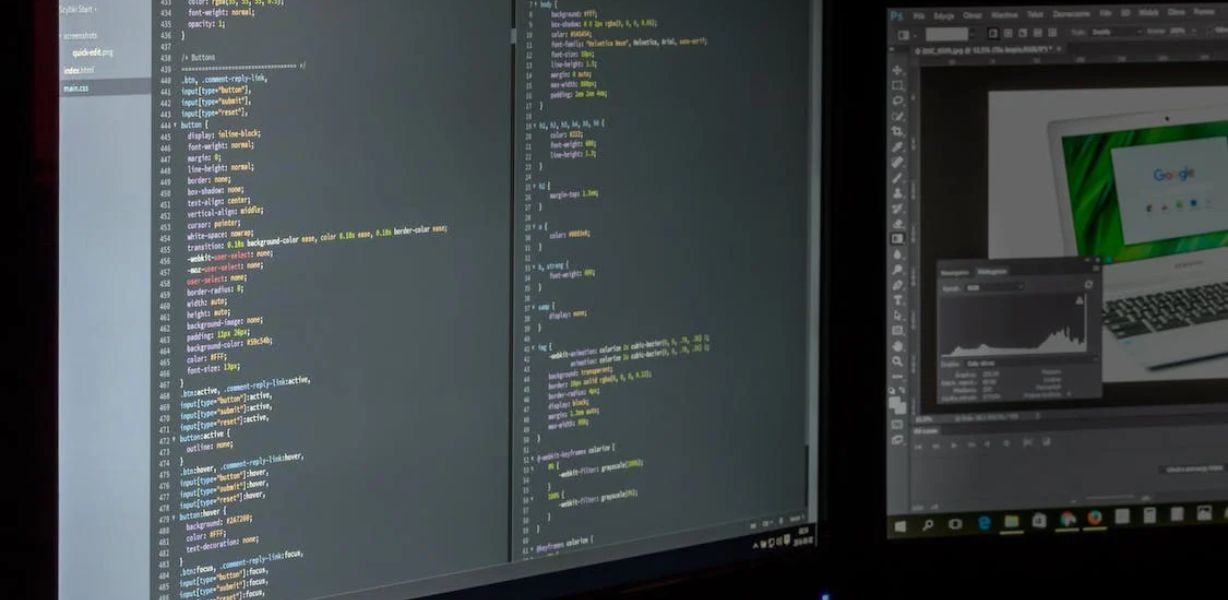Moreover, let us have a sneak peek at how C++ templates are working in its domain of action in the kitchen. The rules are simple. You begin with the word ‘template’ and then describe the types of data your code will work with. It’s sort of like a suggestion to your chef that makes magic to what chocolate chips should be used in the recipe. Such ingenuity makes your code malleable- you can quickly transition between various data types without having to rewrite everything from the ground up. Just consider this as having a cooking template for producing different types of cookies one can just have different types of chocolate chips installed.
Functions for Everything
Like having a universal tool from the toolbox, C++ function templates are somewhat like that. You write one function, and it simply works with any type of data. In our cookie analogy, it is like having a cutter that can cut out the dough as comes into different shapes stars, hearts or circles. This cookbook design not only saves your time, since you have not to be inventing patterns again and over again but it also renders your code relatively pied and manageable.
Classes Join the Fun
Templates do not only confine themselves to functions but they also organise parties in classes. Imagine an adaptable bag that can consist of different objects – books, snacks or electronic products. C++ class templates operate in the same manner thus enabling you to generate constant free structures. You can use your class template for numbers, strings, or other data types; depending on the type of data presented, your class template becomes a chameleon, changing its form as needed.
Specializing for Extra Oomph
Sometimes though, you may want your code to be more a bit special for specific types of data. The specialization of the C++ templates is some kind of a ‘secret recipe’ for your magician chef for the use of particular ingredients. Special rules can be particularised to certain cases while everything else would be generic. This process of fine-tuning guarantees that your code runs perfectly well in situations that are not common especially on rare occasions making your program kitchen look more intelligent.
Compile-Time Magic Tricks
Template metaprogramming in C++ introduces a pinch of magic into your code, but fear not – it’s not making rabbits emerge from hats. Think of that as preparing stunts that your magical aff in the background can perform by engaging in some simple cooking. The same as directing the chef to arrange the kitchen and ingredients such that by doing so your program becomes smarter and faster. Now there are two possibilities regarding how things work: type-levels and template metaprogramming. The former enables computations to occur at compile-time hence the code runs faster and better than righted.
Navigating Tricky Parts of C++ Templates
Mistake handling over the code template is similar to the process of going through a labyrinth but do not panic there is a guide. However, these are critical areas that need to be manoeuvred around to keep the code running prominently. Think of it as marking out some road signs for your code to follow, warning it of potential pitfalls. Within this part, various ways are listed to increase the robustness of your template-based code, making it strong in the face of any hardships that might occur.
C++ Templates and Friends in STL
C++ Templates and the STL can be counted to as peanut butter and jelly- that is, an ideal match. Working collectively, they produce a range of generic algorithms and data structures which make up the foundation of C++ programming. Consider templates as the diverse ingredients, and STL as the cookbook based on these components, creating a variety of solutions. In this chapter, we will consider how templates significantly affect STL, building compatibility and effectiveness of your code.
Pro Tips for Templating
In conclusion, let’s grasp some practical recommendations on how to become a master of templates. It is as good as having an old chef reveal in-house knowledge on how to fix that ideal dish. We will see how your macros-based code can benefit from processing optimization in terms of performance, as well as maintainability and robustness. The following tips are your formula for success which ensures not only to write functional code, but also the code that’s readable, extendable and maintainable.
Conclusion
At the very end of the exploration of C++ templates, the mestri of codes coordinate a symphony of happy code. Templates are like writing something something that composes well, they are elegant and efficient for programming giving one a universal language with which to make one ‘s program malleable yet reusable.
As we draw the curtain on this odyssey, it becomes obvious that templates are not just another tool; they are the baton of the conductor leading the delicate waltz between code components. The secret of code’s freedom lies in templates; the power to sing the world of change with rhetorical force seeks harmony as its home.
